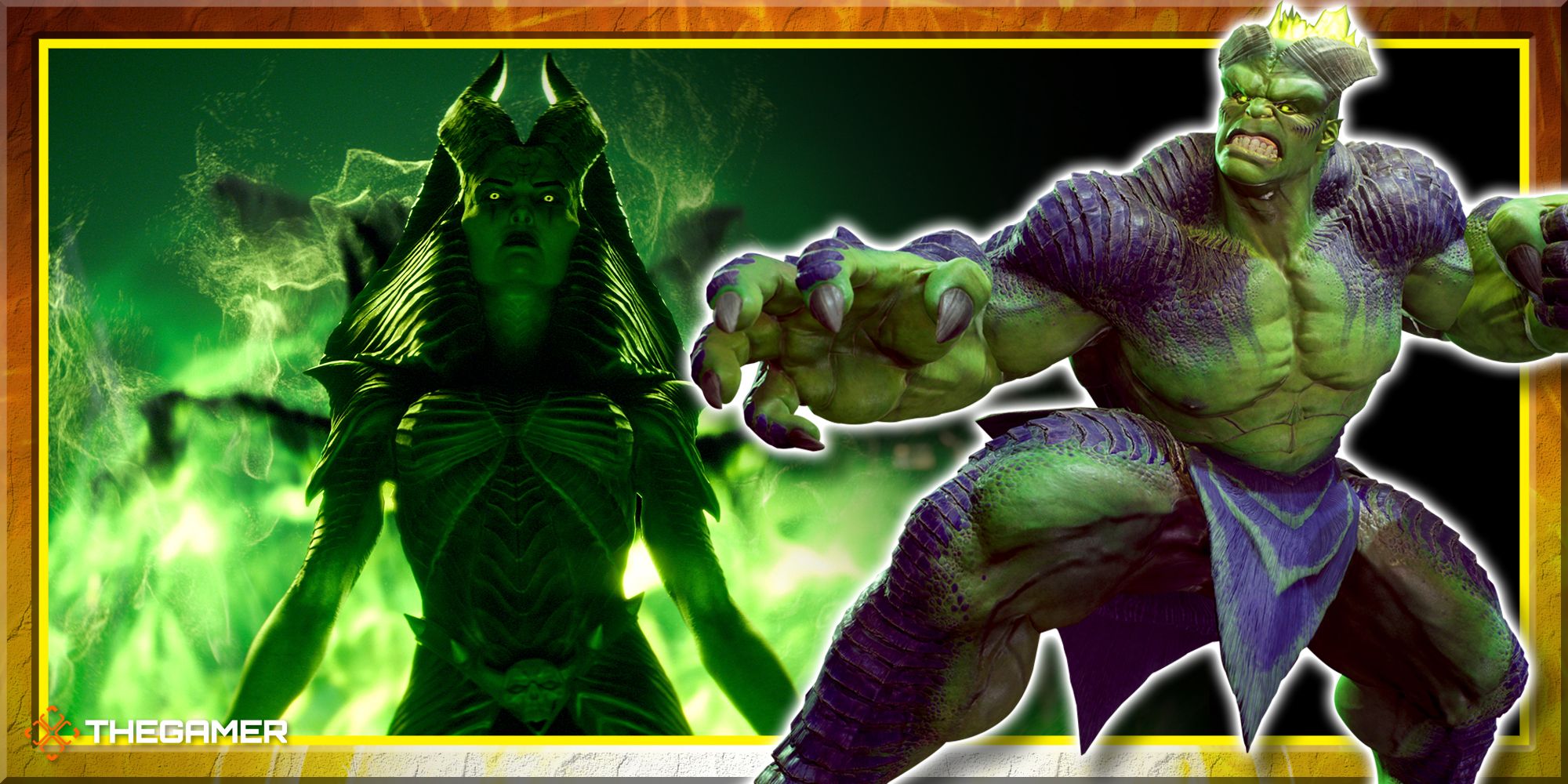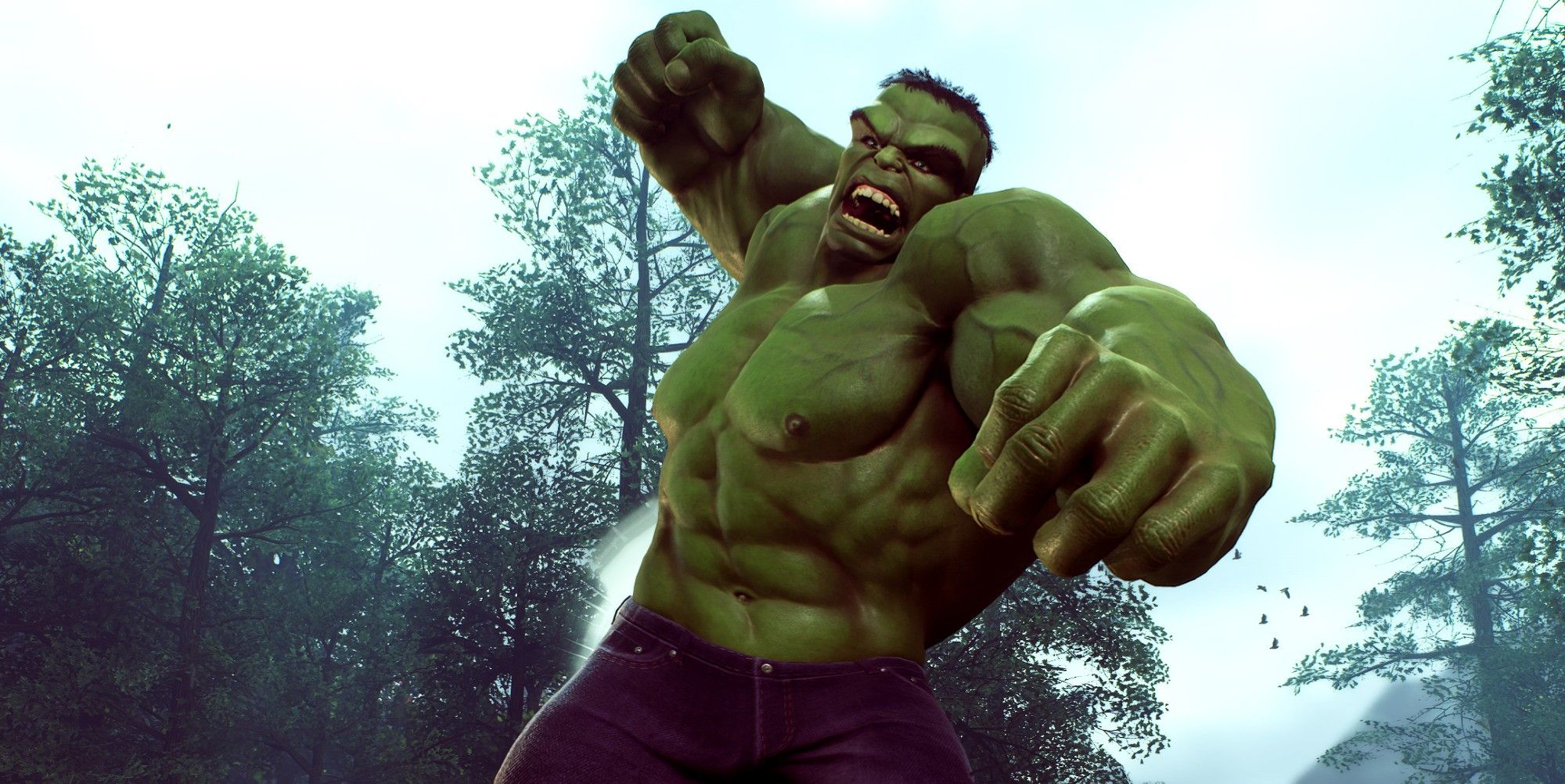What difficulty setting do you choose when you start a new game, and what does that say about you? Gamer culture would have you believe the only ‘real’ way to play is to choose the highest difficulty, as if a game can’t be properly enjoyed unless it’s treated like a severe challenge to overcome. Those who reject that kind of gatekeeper mentality often identify as casual players - those who are just there for the characters, the story, and the vibes, not to be challenged when they’re trying to relax and enjoy playing a game.
This is a well-established dichotomy that games themselves often reinforce. Over the years, the easy, medium, and hard settings have been replaced by more descriptive, or in some cases prescriptive options. In God of War Ragnarok, players can choose between “Give Me Grace” and “Give Me No Mercy” when choosing their difficulty. These options feed into the belief that difficulty settings are more than just value adjusters to player health and enemy damage - they’re meaningful choices about the kind of experience you want to have. If you just want to follow Kratos and Atreus on their journey without much of a challenge, you can choose “Give Me A Story,” and presumably, that’s what you’ll get. But if you want the real God of War, choose the hardest difficulty setting, “Give Me God of War.” Anything less is, well, less.
Fortunately, Marvel’s Midnight Suns shows us there’s a better way. Its dynamic difficulty system is meant to be adjusted up and down as you play based on the situation, and doesn’t ascribe any values or meaning to the settings beyond their function. It is transparent about how higher difficulty options modify the difficulty, and it offers tangible rewards for choosing them beyond the pursuit of greater challenge. This system is a revelation. It doesn’t ask you to predetermine the kind of experience you’d like to have before you’ve even started playing, and it’s intentionally designed to never make you feel like you’re giving up if you have to drop the difficulty down a peg - quite the opposite, in fact. If you want to maximize your gains and build the best roster possible, you absolutely should be lowering the difficulty when necessary. It’s a fluid structure that is a crucial, and more importantly satisfying, part of Midnight Suns’ meta game.
Instead of predetermining a difficulty option like a personality test, everyone starts Midnight Suns on Normal. As you complete missions and earn rating stars (each mission is graded from one to three, depending on performance) you unlock additional difficulty options. The modifiers are fairly straightforward: as you progress through each difficulty, enemies receive a percentage increase to health and offense (how much damage they do), and in return, your characters earn additional experience and Gloss, a currency almost exclusively used to buy cosmetics. In the three highest difficulty options, missions will produce additional enemy reinforcements each turn, while the very highest one, Ultimate 3, takes away your ability to revive teammates.
On the surface, this system is derivative of Diablo 3’s Torment levels, which increase gold and XP earned at the cost of stronger, healthier enemies. But where Diablo’s difficulty track is meant to be climbed as your character’s power increases, Midnight Sun’s is far more dynamic. Since you can take any three of your 12 characters on a mission, power progression isn’t strictly linear. Some compositions are going to be stronger than others, so you won’t be able to just push the highest difficulty available all of the time. You can’t just pick a ‘main’ team and stick with it either. Midnight Suns forces you to be flexible and swap characters around frequently, and the difficulty slider is an important tool that helps you rebalance the game when you need it.
Every mission, whether it's a story or side quest, has a mandatory hero. Every hero is featured in the campaign multiple times, so you’ll never get away with completely ignoring anyone. Luckily, as the player character’s level increases, the stragglers’ levels will maintain a minimum, so even those you’ve ignored have a chance to quickly catch up. That said, level is only one aspect of a character’s power, so if their abilities upgrades and friendship rating has also fallen behind, you’re going to have a tough time using them when the situation calls for it.
And the situation will call for it often. Beyond the story missions, the side quests offer specific, valuable rewards. At any given time there will be four bonus missions to choose from and each one will offer a different kind reward. If you need credits or essence for upgrades, intel for missions, or artifacts for your forge, you’ll have to play the corresponding mission, and that mission is going to have a mandatory hero. What's more, each mission has its own easy, normal, or hard rating irrespective of your current difficulty. There’s no way around it, you’re going to have to use all of the heroes at some point, and some are going to be stronger than others. The difficulty slider makes this possible because you can lower it when you’re not confident in your team, giving up a bit of Gloss and XP gains, then raise it again when the next time you have your star players back together. This isn’t just an option, it’s an expectation. The dynamic difficulty slider is built into the core gameplay loop.
While you unlock new difficulty options over time, Midnight Suns could make it a bit more obvious how it functions. It should be an option that comes up when selecting missions, but instead you have to dig into your settings menu to find it. There’s a stigma to lowering the difficulty, and I still sometimes find myself hitting my head against the wall, restarting missions over and over that are too difficult for the particular team I’m using. Decades of deriving self worth from playing games on hard mode has given me a lot to unlearn, but Midnight Suns is putting my pride in check. A system like this wouldn’t work for every game, but it proves there are better, more engaging ways to create difficulty options than the one we’re used to.


